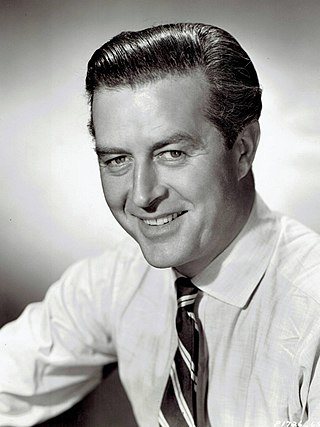
Ray Milland was a Welsh-American actor and film director. He is often remembered for his portrayal of an alcoholic writer in Billy Wilder's The Lost Weekend (1945), which won him Best Actor at Cannes, a Golden Globe Award, and ultimately an Academy Award—the first such accolades for any Welsh actor.
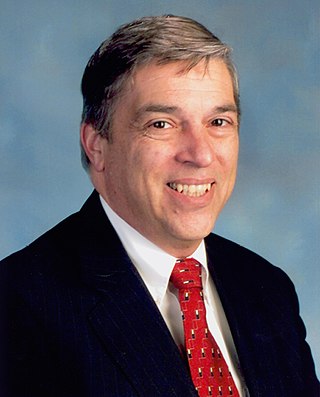
Robert Philip Hanssen was an American Federal Bureau of Investigation (FBI) agent who spied for Soviet and Russian intelligence services against the United States from 1979 to 2001. His espionage was described by the Department of Justice as "possibly the worst intelligence disaster in U.S. history".

Rudolf Ivanovich Abel, real name William August Fisher, was a Soviet intelligence officer. He adopted his alias when arrested on charges of conspiracy by the FBI in 1957.

Pickup on South Street is a 1953 Cold War spy-themed film noir written and directed by Samuel Fuller, and released by 20th Century-Fox. In 2018, Pickup on South Street was selected for preservation in the United States National Film Registry as being "culturally, historically, or aesthetically significant." The film stars Richard Widmark, Jean Peters, and Thelma Ritter. It was screened at the Venice Film Festival in 1953.

The House on 92nd Street is a 1945 black-and-white American spy film directed by Henry Hathaway. The movie, shot mostly in New York City, was released shortly after the end of World War II. The House on 92nd Street was made with the full cooperation of the Federal Bureau of Investigation (FBI), whose director, J. Edgar Hoover, appears during the introductory montage. The FBI agents shown in Washington, D.C. were played by actual agents. The film's semidocumentary style inspired other films, including The Naked City and Boomerang.

Ministry of Fear is a 1944 American spy thriller film noir directed by Fritz Lang, and starring Ray Milland and Marjorie Reynolds. Based on the 1943 novel by Graham Greene, the film tells the story of a man just released from a mental asylum who finds himself caught up in an international spy ring and pursued by Nazi agents after inadvertently receiving something they want. The original music for the film was composed by Victor Young.
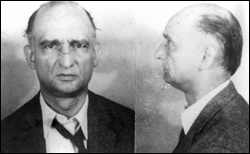
The Hollow Nickel Case was the FBI investigation that grew out of the discovery of a container disguised as a U.S. coin and containing a coded message, eventually found to concern espionage activities of William August Fisher on behalf of the Soviet Union.
Clarence Greene was an American screenwriter and film producer who is noted for the "offbeat creativity and originality of his screenplays and for films noir and television episodes produced in the 1950s.

The Uninvited is a 1944 American supernatural horror film that was directed by Lewis Allen and stars Ray Milland, Ruth Hussey, and Donald Crisp. The film is based on Dorothy Macardle's novel Uneasy Freehold (1941), which was published in the United States as The Uninvited (1942) and deals with a brother and sister who purchase a house in Cornwall, England, that is plagued by paranormal events. The film is part of a cycle of supernatural-themed films that began appearing in the mid-1940s. Dodie Smith began writing the film, and Frank Partos was brought in by his friend, associate producer Charles Brackett. Brackett wanted to have the film directed by Alfred Hitchcock but could not organize plans with him, so Allen directed it. Filming began on April 16, 1943; Allen found working with Gail Russell, who was inexperienced and began crying several times, to be the most difficult part of filming.
The 10th Golden Globe Awards, honoring the best in film for 1952 films, were held on February 26, 1953, at the Ambassador Hotel in Los Angeles.
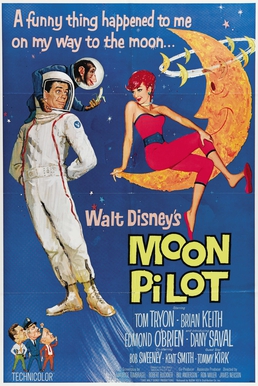
Moon Pilot is a 1962 American Technicolor science fiction comedy film from Walt Disney Productions, released through Buena Vista Distribution, directed by James Neilson, and starring Tom Tryon, Brian Keith, Edmond O'Brien, Dany Saval, and Tommy Kirk. The film is based on Robert Buckner's 1960 novel Starfire, and reflects Disney's interest in America's space program during John F. Kennedy's presidential era in the early 1960s.

The Duquesne Spy Ring is the largest espionage case in the United States history that ended in convictions. A total of 33 members of a Nazi German espionage network, headed by Frederick "Fritz" Duquesne, were convicted after a lengthy investigation by the Federal Bureau of Investigation (FBI). Of those indicted, 19 pleaded guilty. The remaining 14 were brought to jury trial in Federal District Court, Brooklyn, New York, on September 3, 1941; all were found guilty on December 13, 1941. On January 2, 1942, the group members were sentenced to serve a total of over 300 years in prison.

The Ministry of Fear is a 1943 novel written by Graham Greene. It was first published in Britain by William Heinemann. It was made into the 1944 film Ministry of Fear, directed by Fritz Lang and starring Ray Milland.
Russell Rouse was an American screenwriter, director, and producer who is noted for the "offbeat creativity and originality" of his screenplays and for film noir movies and television episodes produced in the 1950s.

The Pumpkin Papers are a set of typewritten and handwritten documents, stolen from the US federal government by members of the Ware Group and other Soviet spy networks in Washington, DC, during 1937-1938, withheld by courier Whittaker Chambers from delivery to the Soviets as protection when he defected. They featured frequently in criminal proceedings against Alger Hiss from August 1948 to January 1950. The term quickly became shorthand for the complete set of handwritten, typewritten, and camera film documents in newspapers.

Diplomatic Courier is a 1952 American spy film noir directed by Henry Hathaway and starring Tyrone Power, Patricia Neal and Stephen McNally. The nightclub scene in the film features actor Arthur Blake, famous for his female impersonations, impersonating Carmen Miranda, Bette Davis, and Franklin D. Roosevelt. The plot was loosely adapted from the 1945 novel Sinister Errand by British writer Peter Cheyney.

Passport to Suez is the 20th film featuring the Lone Wolf character. It was the eleventh of fifteen in the Columbia Pictures series, and the last to star Warren William as the lead character, a jewel thief turned private detective. The Lone Wolf battles Nazi spies in Egypt in World War II.

Bugles in the Afternoon is a 1952 American Western film produced by William Cagney, directed by Roy Rowland and starring Ray Milland, Helena Carter, Hugh Marlowe and Forrest Tucker, based on the 1943 novel by Ernest Haycox. The story features the Battle of the Little Big Horn.

Jamaica Run is a 1953 American adventure drama film concerning ownership of an old estate set on the island in the Caribbean. It was directed by Lewis R. Foster and starred Ray Milland, Arlene Dahl and Wendell Corey. Much of the personnel in this movie worked on the previous year's Caribbean Gold.
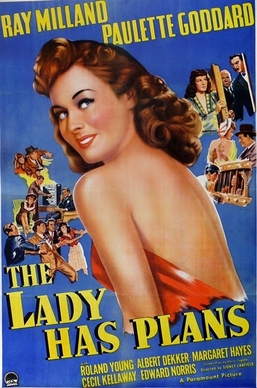
The Lady Has Plans is a 1942 American comedy film spy thriller film directed by Sidney Lanfield and starring Ray Milland, Paulette Goddard and Roland Young. It was produced ad distributed by Paramount Pictures as a World War II espionage film set in neutral Portugal.

















